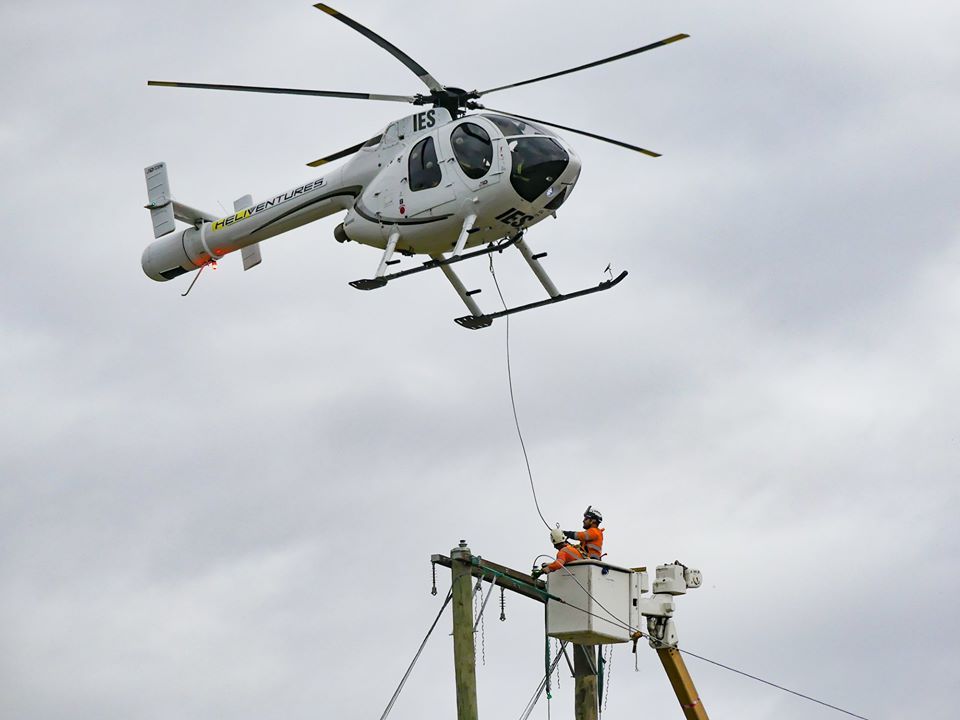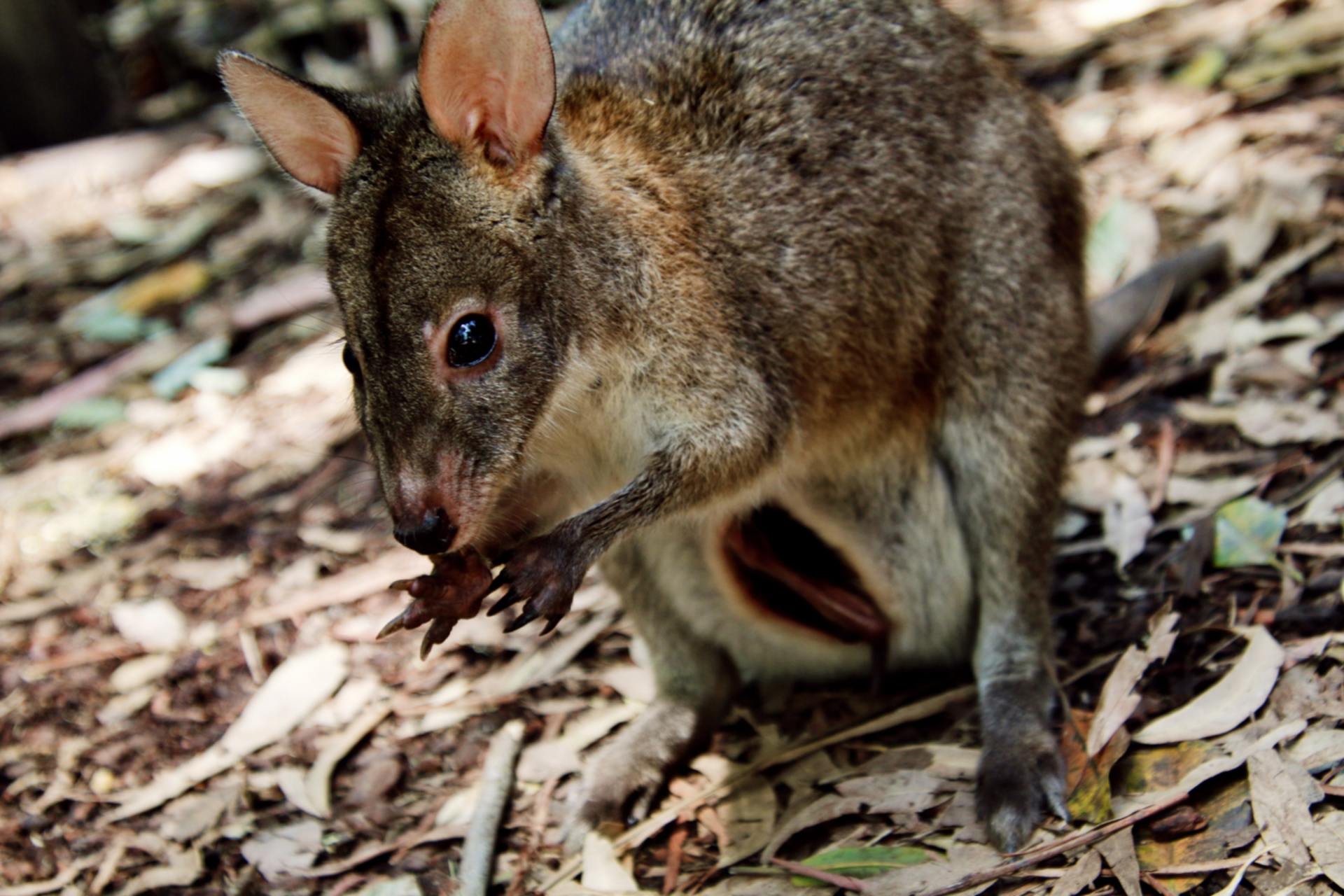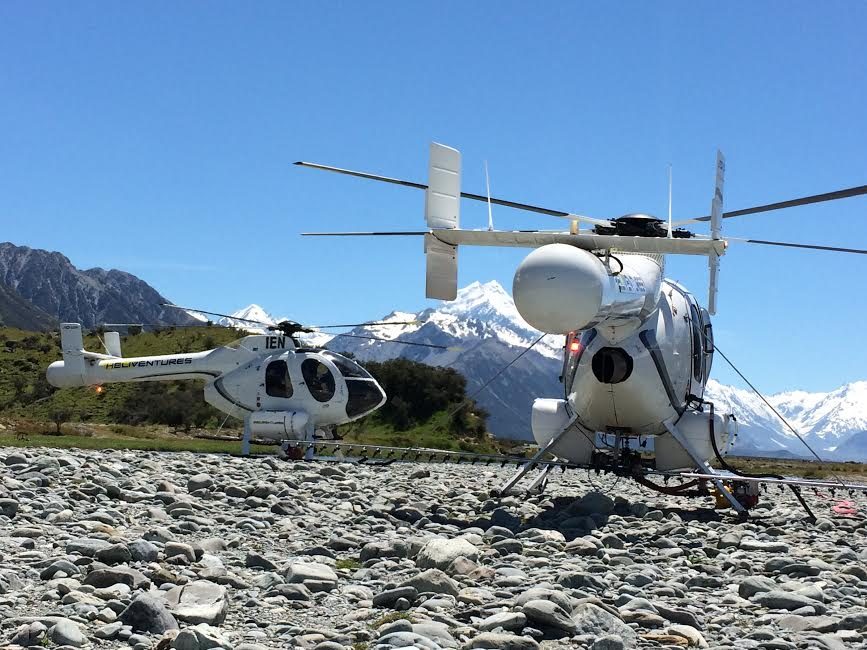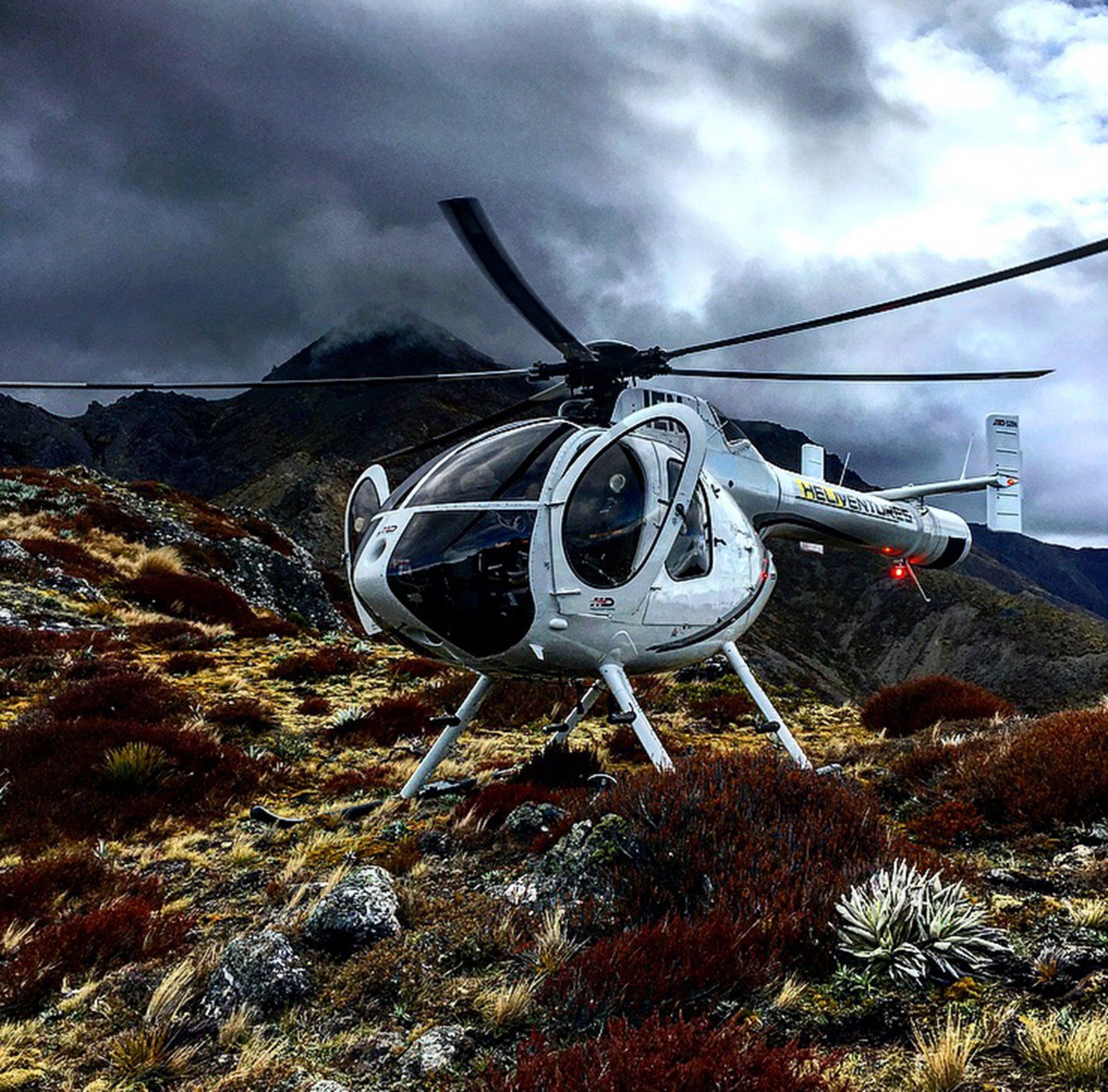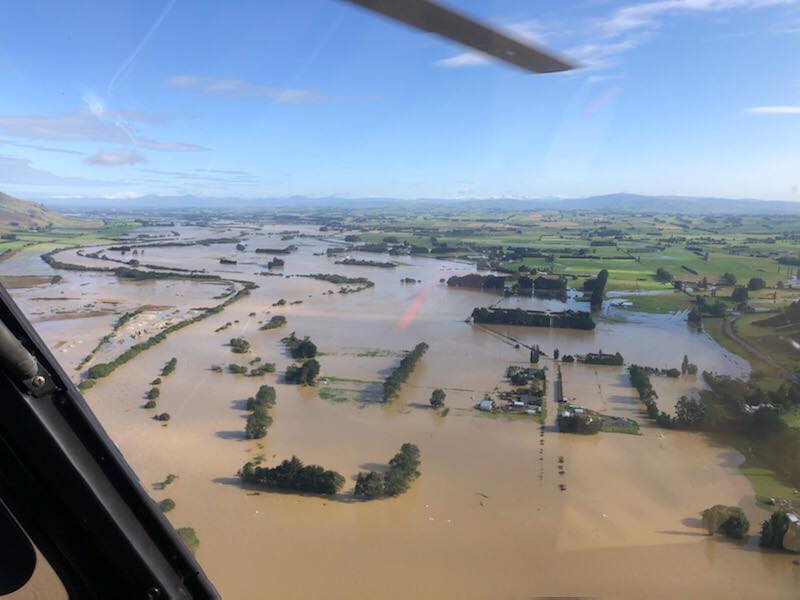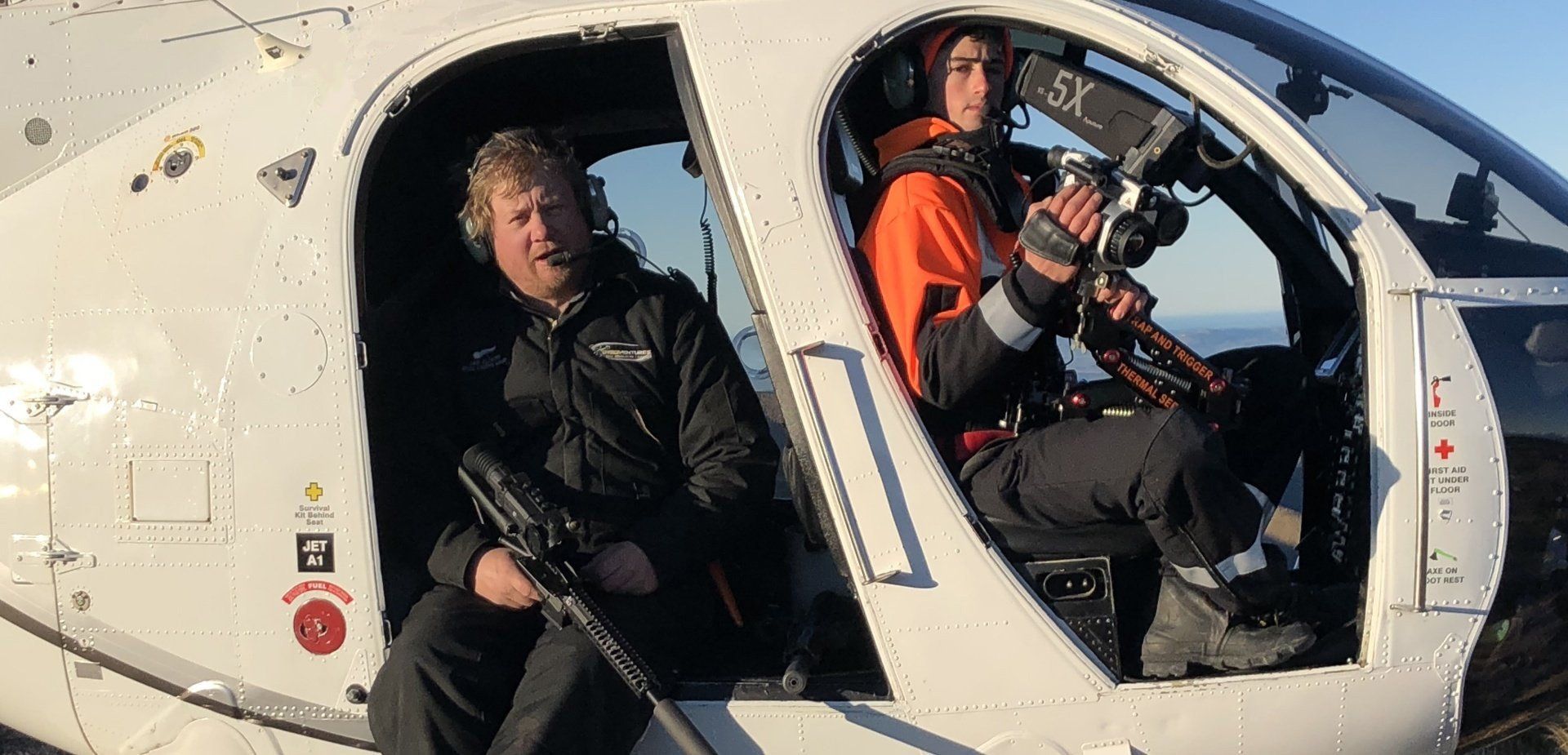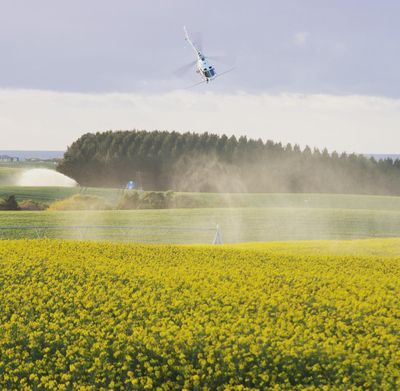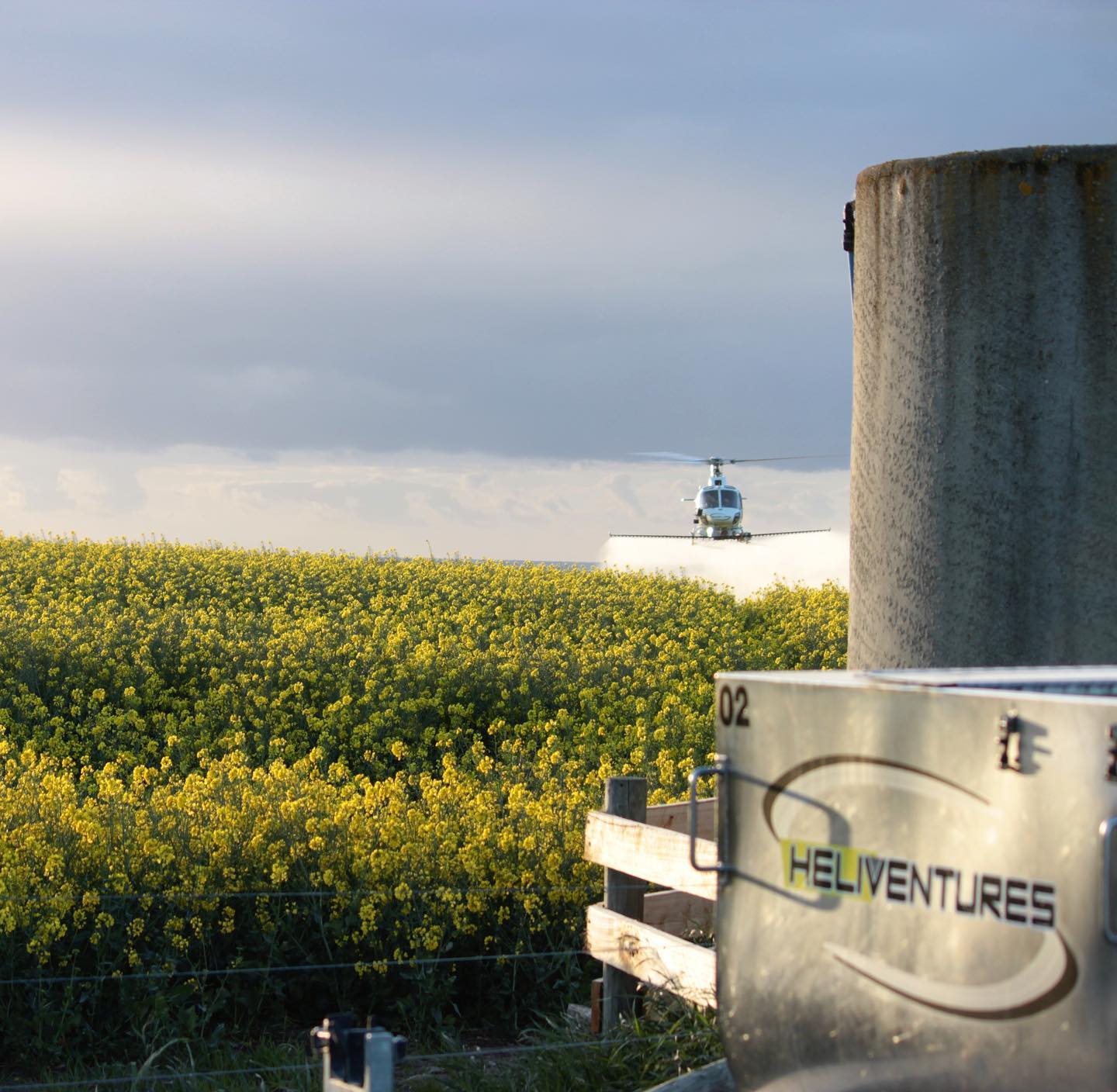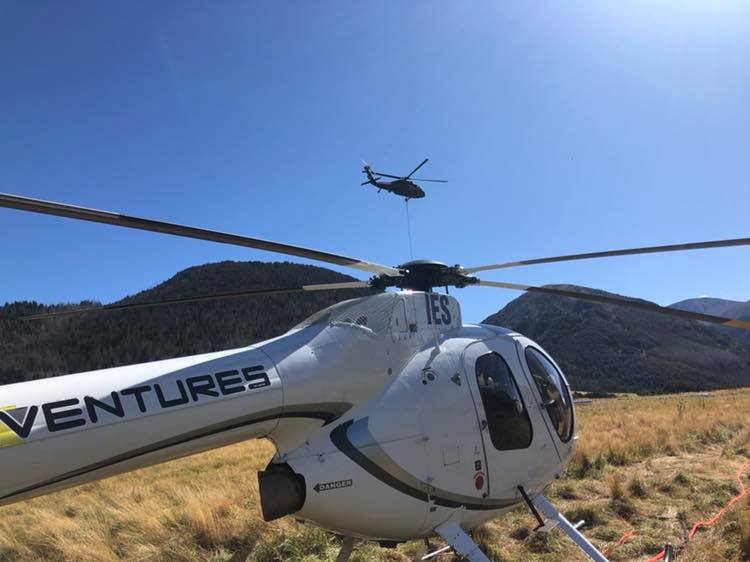Agricultural Aviation is us and we love it!
To be good at something you must have a passion for it.
The history of Agricultural aviation in New Zealand starts back in the 40's when pilots were returning home from WW2. These skilled pilots put their unique flying experience to good use and converted military fighters and bombers and got to work spreading fertiliser on New Zealand hill county farms. This turned tough farming country into productive farm land and placed NZ firmly as a world leader in aerial topdressing. The industry has come a long way since then with purpose built aircraft that deliver a wide range of precisely measured agri chemicals and fertilisers. Gone are the days of pouring vast quantities of product, less efficiently and at a higher cost.
Agri spraying and
fertiliser spreading are the core of the Agricultural pilot's work and demand a dedication to accuracy and effectiveness.
Helicopter V Fixed Wing aircraft
There is no denying that both types of aircraft have their pros and cons. And there is a good mix of both fixed wing and helicopters that work in agricultural aviation across all regions of NZ and each year. Both helicopters and fixed wing clock in around 129,000 hours of flying time. These days however, the majority of this time is trending towards more helicopter hours (approximately 70% of total flying time). So what is the difference, and why choose one over the other?
The first and most common advantage of Fixed wing aircraft is cost. Generally FW sprayers are cheaper to buy or to rent as well as their parts and repairs. Pilots are easily trained and maintenance is often simpler.
All agricultural aircraft need to be able to perform efficiently at slow speeds while carrying heavy loads and both FW and helicopters have this capability. However the versatility of pin point hovering and manoeuvring capability give helicopters the edge.
Helicopter precision sprayers also hold an advantage over FW sprayers in several important crop dusting and spraying functions. For one, instead of flying to a landing strip to reload helicopters can load from a truck and ground crew parked next to the field they are spraying making turnaround time faster and less costly. Helicopters also work much better in small hard to reach areas or locations with difficult terrain. This is ideal for clients who need to reach remote terrain, wet ground conditions, and prevent damage to valuable crops and ground compaction which can occur when ground trucks are used.
There is no denying that helicopters can deliver loads faster with much more accuracy than a Fixed Wing aircraft. So ultimately It’s up to the farmer to choose the particular aircraft that fit their needs.
Decades of experience, knowledge and skill.
You only have to look back at the Heliventures story to believe us when we say that Agricultural Aviation is us and we love it!
From its humble beginnings based out of a paddock in Oamaru in 2011 with one helicopter and the first agricultural work on the books, to today where we operate out of Oamaru Airport covering most of the South Island - Otago, South Canterbury and the MacKenzie Country with the recent addition of a base at Pukaki Airport.
We have a crew of highly experienced pilots and ground crew who are passionate about the services Heliventures has to offer, in particular our agricultural services. Many of our staff have agricultural backgrounds which means they understand exactly what the farmer requires. Our team hold all relevant qualifications to ensure they are providing the highest level of service possible and completing the job in the most efficient and safe manner. Whether it is seeding, fertiliser application, mustering, or spraying we have the equipment and the team for the job.
We use GPS mapping through TracMap to provide proof of placement for our agricultural work. Many of our clients require this for farm keeping records and we find this system meets their needs perfectly. If a farmer isn't familiar with this system we can talk them through the set up easily and the end result is something that can electronically send us details of paddocks requiring work and then maintaining an electronic record of this upon completion.

